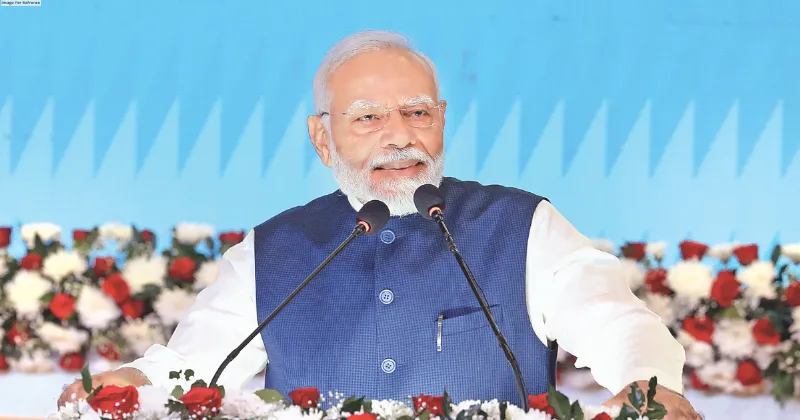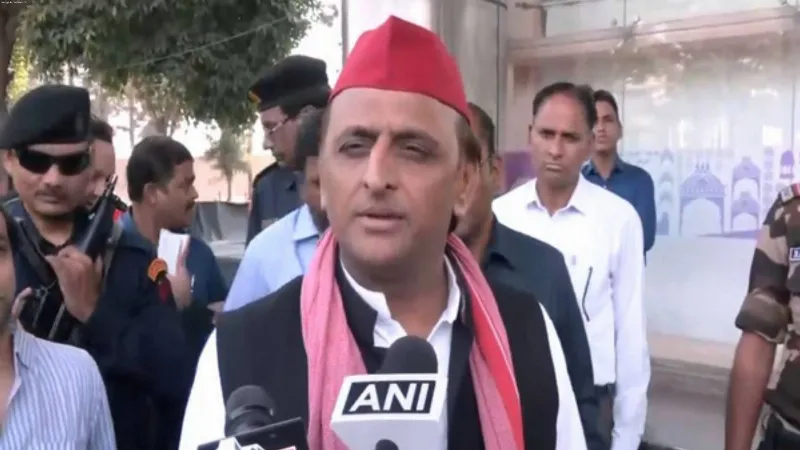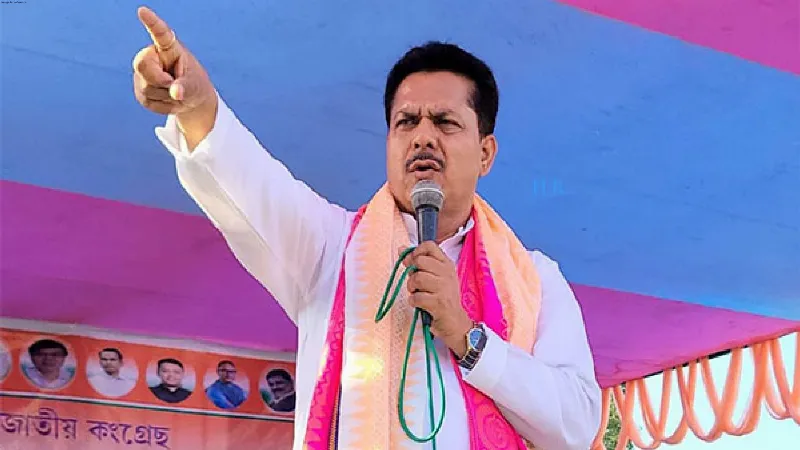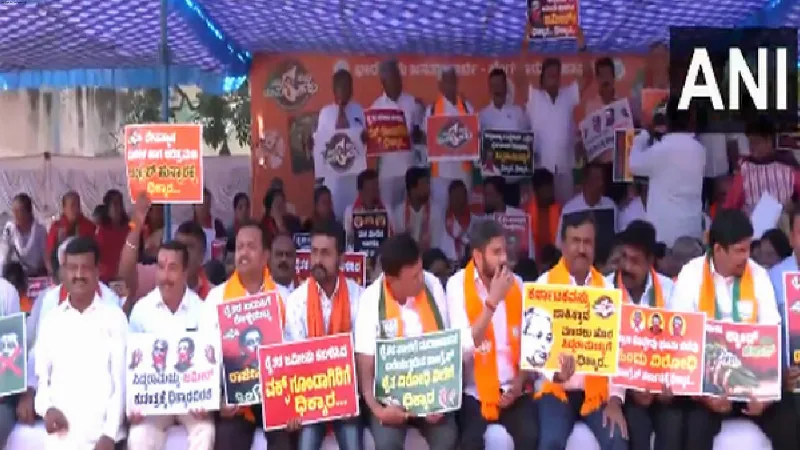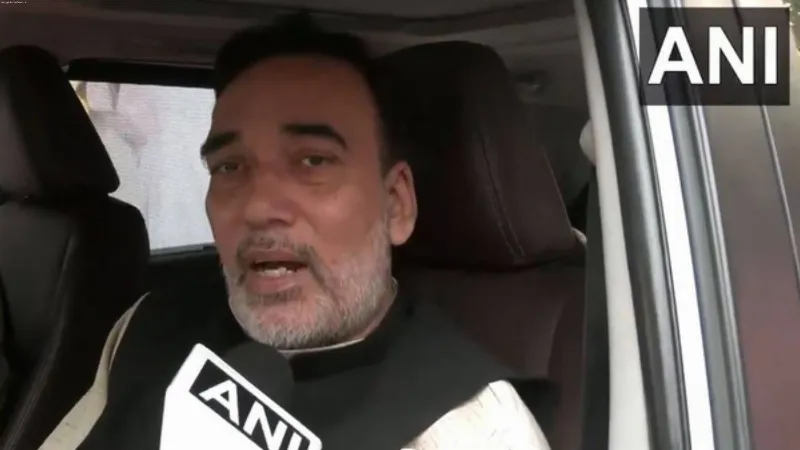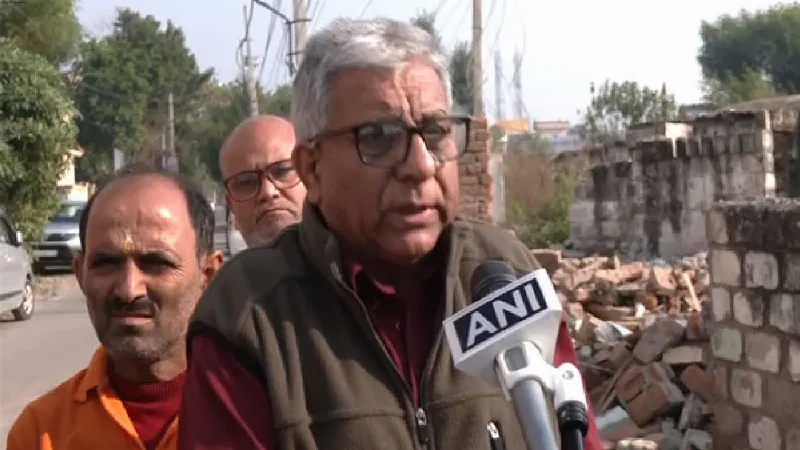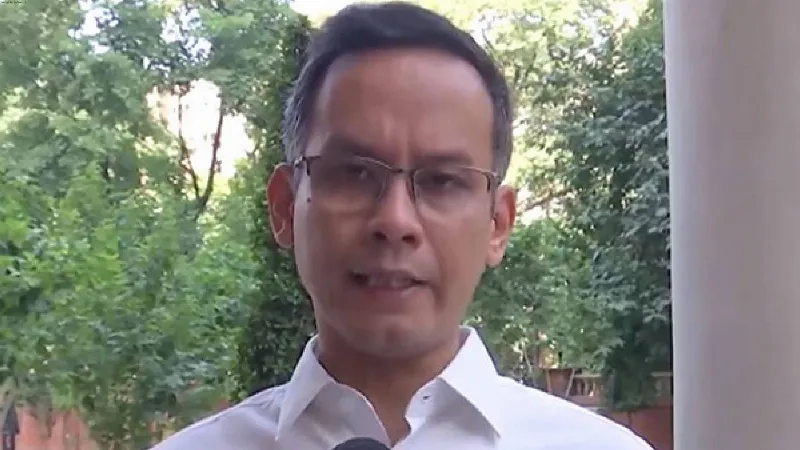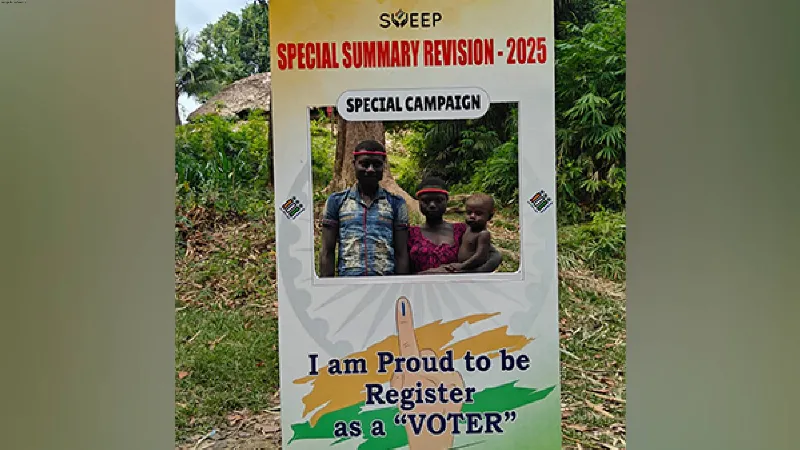Latest News
RBI IS ANXIOUS FOR HIGH LEVELS OF PERSONAL LOANS

RBI Governor Shaktikanta Das in his statement last month warned banks and NBFCs to be on the lookout for the sharp rise in personal loans made by Indians. This announcement has led to the quick spread of rumours about why the RBI is concerned. However, Governor Shaktikanta Das has also clearly drawn attention to the sudden increase in credit card transactions these days. There has been more than 30 percent growth in credit card payments by July and August 2023 and it is estimated to be around Rs 2.17 lakh crore. The figures of another RBI report are even more surprising when it is seen that in comparison to the last two decades of the present century (2010, 2020), the highest increase in personal loans has been recorded so far in the year 2023 and this is comparatively much higher than the loans of agriculture, industry and service sectors. It is disappointing that there has been no increase in banking loans to the agricultural sector for the last three decades and that is why both unemployment and inflation remain a serious issue. From the industry point of view, there was a growth in loans only in the first decade and a continuous decline was seen in the subsequent two decades. However, there is a continuous growth in the service sector, which is very pleasant and due to which the GDP of the Indian economy is continuously increasing rapidly at the global level.
These days, it’s becoming abundantly evident that one of the primary factors raising the average person’s spending capacity is the rise in personal loans. To put it another way, it most likely indicates that the customer is using a credit card or bank loan to pay for his purchase rather than obtaining a loan. This discussion is often ended in the social discourse by linking it to the fascination for luxury life or the blind race to adopt western style, whereas the situation is quite the opposite because the narrative of economic analysis is presenting that Indians are constantly increasing their expenses compared to their income. The RBI’s 2023 CCS report (January, March, May and July) also shows that 50 per cent of the respondents believe that there has been no increase in their income, which is the same as last year. 27 percent of the people believe that their income has decreased compared to the previous year. It is clear from this that about 80 percent of the people believe that their income is not able to cope with the increase in their expenses. Regarding expenses during the same period, the CCS report of the RBI also indicated that about 75 percent of the people believe that their expenses have increased this year compared to the previous year. In terms of expenses, about 20 per cent of the respondents also believe that their expenses are the same as last year and only 5 per cent believe that their expenses have come down. Apart from this, 85 percent of the people have also said in the RBI survey that their expenditure on domestic and daily needs has increased in the year 2023.
In this context, it is extremely important to understand one more thing: for the past few months, inflation figures in the domestic market have remained almost at their highest levels, regardless of some global reasons behind it. The analysis of all these facts clearly points to a conclusion that, on one hand, inflation is rising, meaning the comparative value of every item is increasing, while on the other hand, the percentage of an individual’s expenses is also increasing compared to the previous year, even if the person’s income has either remained the same as last year or decreased. Certainly, the financial source for meeting these expenses is either bank loans or credit cards. Moreover, if the continuous rise in inflation and decreasing financial income are not affecting someone’s expenses, it undoubtedly indicates a decrease in their purchasing power, which is not beneficial for the country’s economic situation. Due to these circumstances, interest rates on bank and NBFC credit card loans increased by 30 percent, vehicle loans by 20 percent, and personal loans by 23 percent until August of the current financial year. Another alarming aspect is that the percentage of unsecured loans in the banking and NBFC sector has increased in the past two years, according to the figures. By July 2023, the amount of unsecured loans in the Indian banking sector was Rs 12 lakh crore.
Now that India’s economy has grown to be the fifth largest in the world, there is a greater need to raise GDP and the income of all Indians. Globally, India is ranked 125th in terms of per capita income. Why can’t we acknowledge that a large percentage of a company’s profits go straight to the owners, with only a little fraction going to shareholders and minimum wage workers? In nations like India, the gap between the rich and the poor is getting wider. India is now the most populous nation in the world, having surpassed China in terms of population, but about 80% of the population is experiencing economic hardship due to rising unemployment and inflation rates. Perhaps Governor Shaktikanta has analyzed the current situation, foreseeing future consequences similar to America’s 2006 recession, and therefore, he has urged banks and other financial institutions to strengthen their internal financial mechanisms significantly.
THE VIEWS EXPRESSED BY THE AUTHOR ARE PERSONAL
Dr PS Vohra The writer is a columnist & financial thinker

